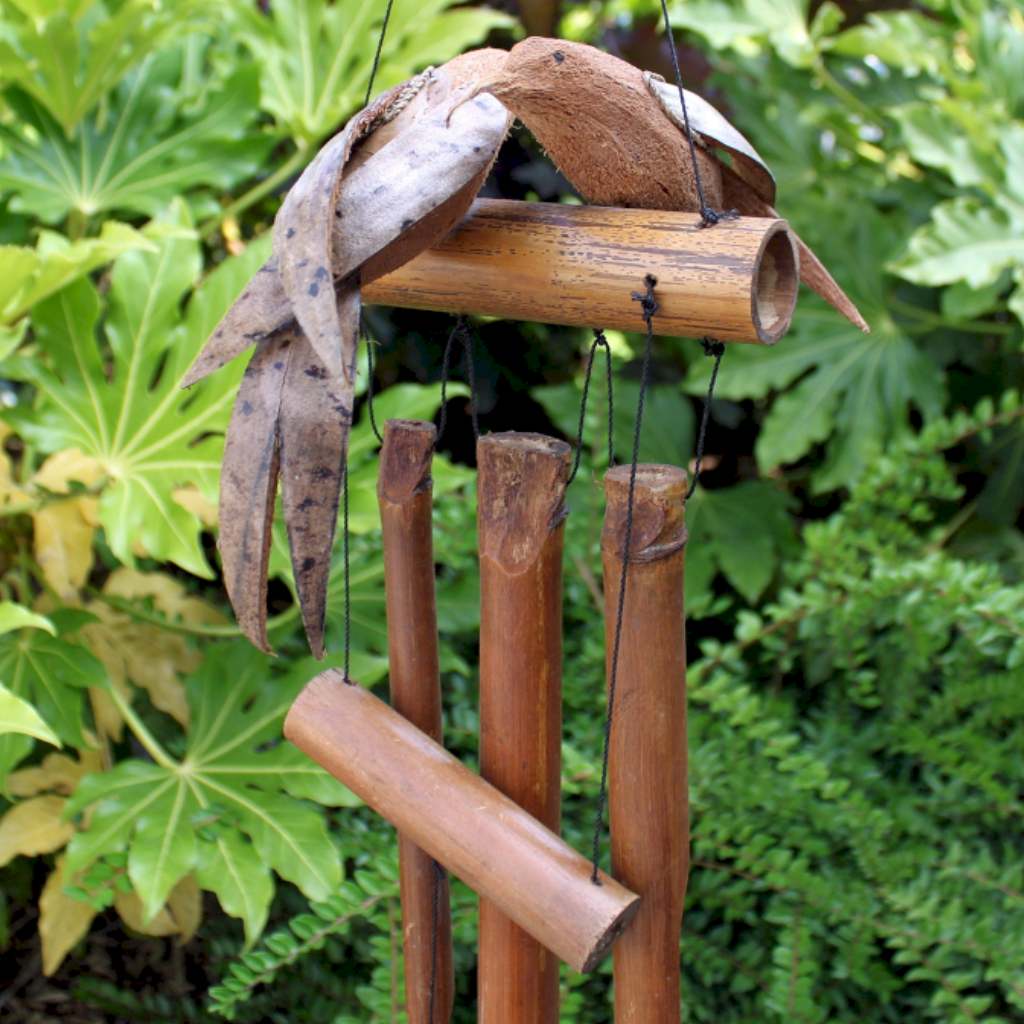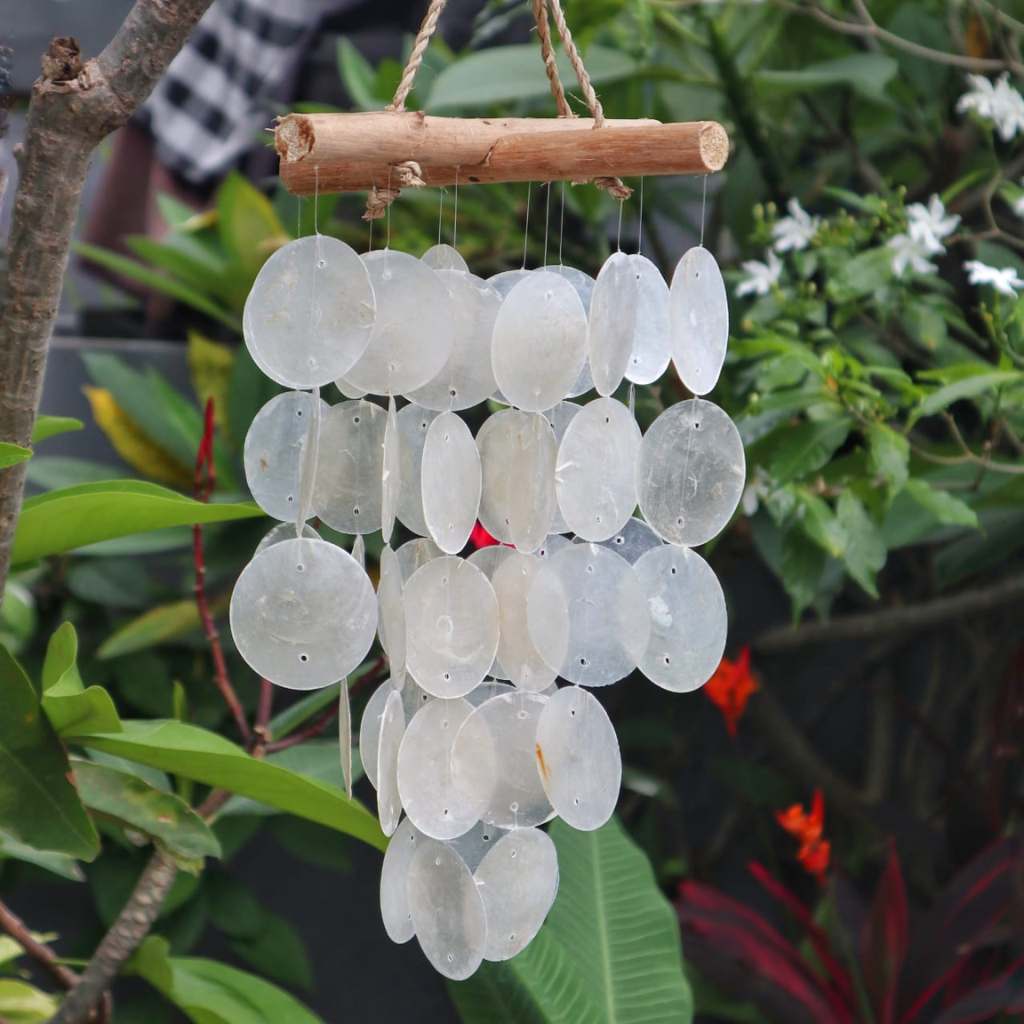

Ever find yourself pausing for a moment when you hear the gentle sound of wind chimes? Whether it’s a soft bamboo clack, a metallic ring, or the delicate tinkle of capiz shells, wind chimes have a way of bringing peace to a space. They’re part of those small, quiet details that make a home feel calm and grounded — just like the ones you’ll find in our Peaceful Home Moments collection.
We get a lot of questions about these peaceful little pieces, so we thought we’d put together a simple FAQ to help you get to know them better—how they work, where to hang them, and how to care for them. Whether you’re new to wind chimes or already love them, we hope this helps you enjoy them even more.
1. What are the main types of wind chimes?
The most common types are metal, bamboo, and capiz shell wind chimes. Each creates a different sound and look.
Metal chimes sound bright and resonant, perfect if you enjoy musical tones.
Bamboo chimes have a deep, earthy sound — very natural and grounding.
Capiz shell chimes are delicate, decorative, and soft-sounding — they catch both the breeze and the light beautifully.
2. How does the length of the tubes affect the sound?
The length of the tubes changes the pitch:
Longer tubes make lower, deeper sounds — like a soft gong.
Shorter tubes make higher-pitched sounds — like gentle bells.
It’s similar to how bigger drums make deeper tones than small ones.
The material of the tubes also matters (metal, wood, bamboo, glass, etc.) but length mainly affects the pitch.
3. Why don’t some bamboo chimes make much sound?
If your bamboo wind chime seems a little shy, here are a few possible reasons:
The tubes might be too close together, preventing good movement.
The clapper (the part that hits the tubes) could be too light or stiff.
Bamboo is light, so it may need a stronger breeze to dance.
If you live in a still-air area, consider hanging the chime in a spot that catches occasional wind (like near an open window or porch corner).
4. Which wind chime is right for me?
It really depends on what kind of feeling you want to bring into your space:
“I love bright, musical tones” → go for metal chimes.
“I want a natural, calming vibe” → a bamboo wind chime is your friend.
“I’d love something pretty and soft” → capiz shell chimes are a lovely choice.
5. How do I care for my bamboo wind chime?
Bamboo chimes are suitable for both indoor and sheltered outdoor spaces, but a little care goes a long way:
Hang them away from direct sunlight or strong wind, like under a porch or in a shady tree.
Bring them inside during storms or severe weather.
Clean gently with a damp cloth from time to time.
Once a year, apply a thin layer of varnish to help preserve the bamboo.
You might notice tiny hairline cracks over time — that’s natural. Bamboo is sensitive to changes in moisture and temperature.
Wind chimes are more than just decoration — they’re little instruments of calm. Whether they hang by your window or sway gently in your garden, they remind us to pause, listen, and breathe.
If you’re exploring wind chimes for your home or as a gift, we hope this guide helps you find the one that feels just right.
Got more questions? We’re just a message away.
